I have a foreign key constraint in my table, I want to add ON DELETE CASCADE to it.
I have tried this:
alter table child_table_name modify constraint fk_name foreign key (child_column_name) references parent_table_name (parent_column_name) on delete cascade;
Doesn't work.
EDIT:
Foreign key already exists, there are data in foreign key column.
The error message I get after executing the statement:
ORA-02275: such a referential constraint already exists in the table



